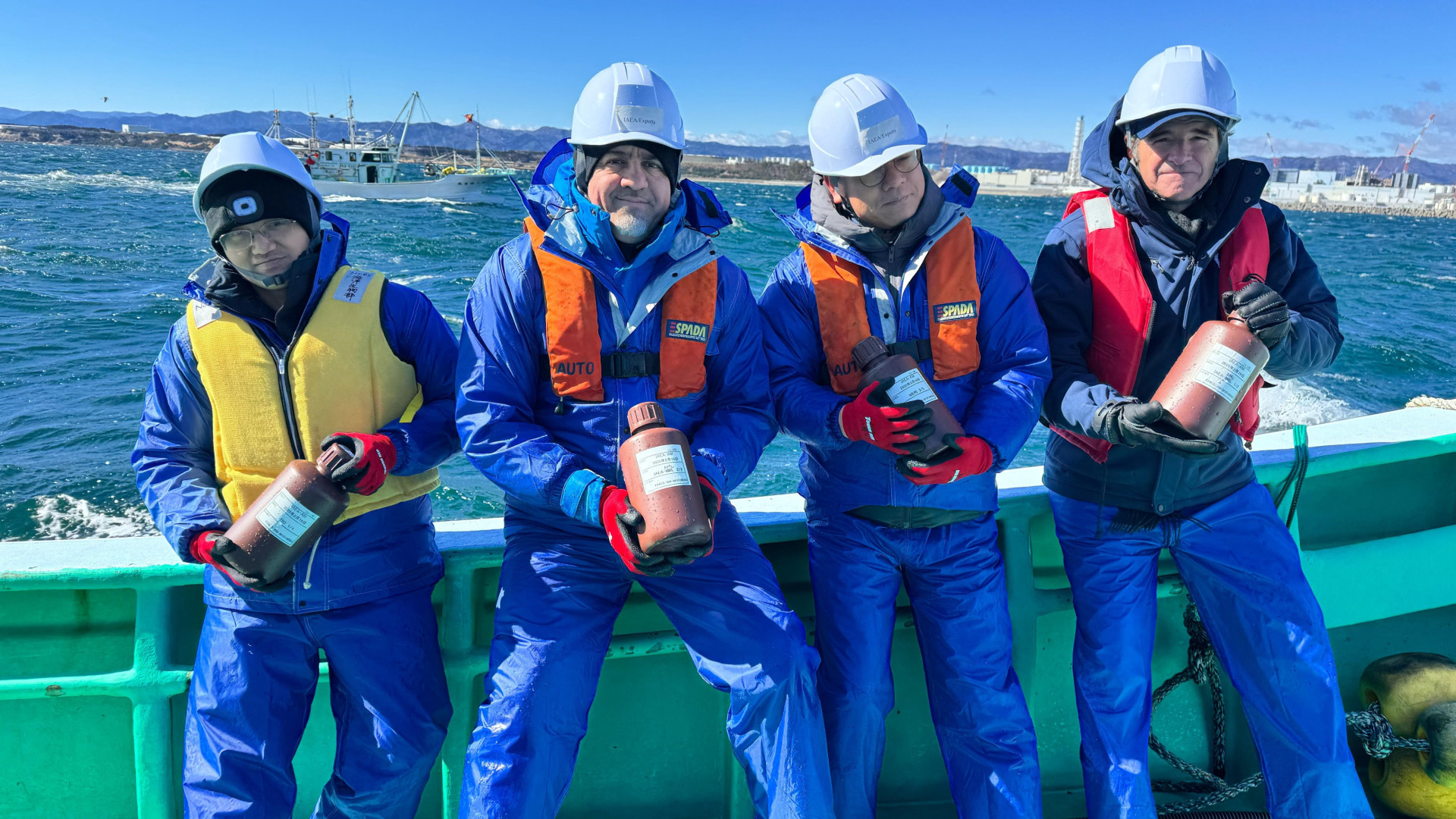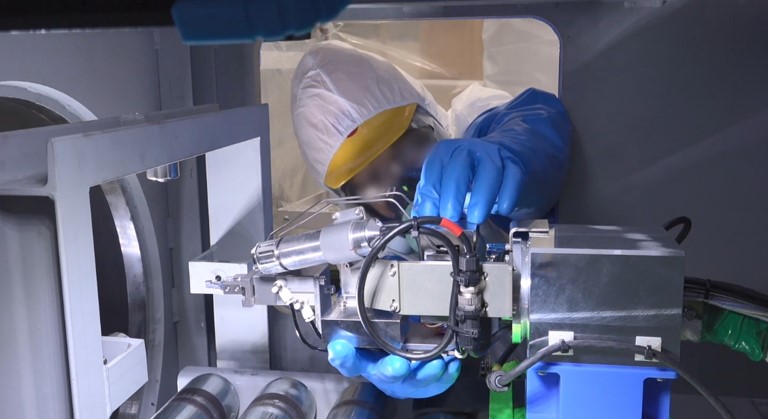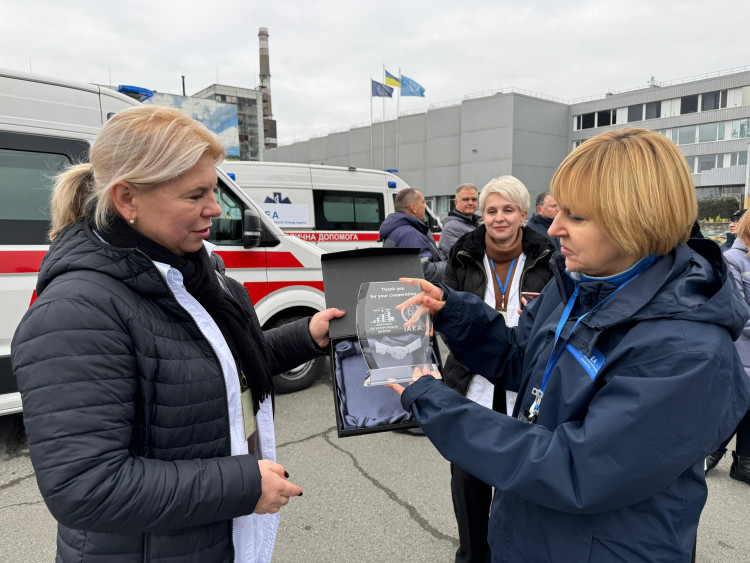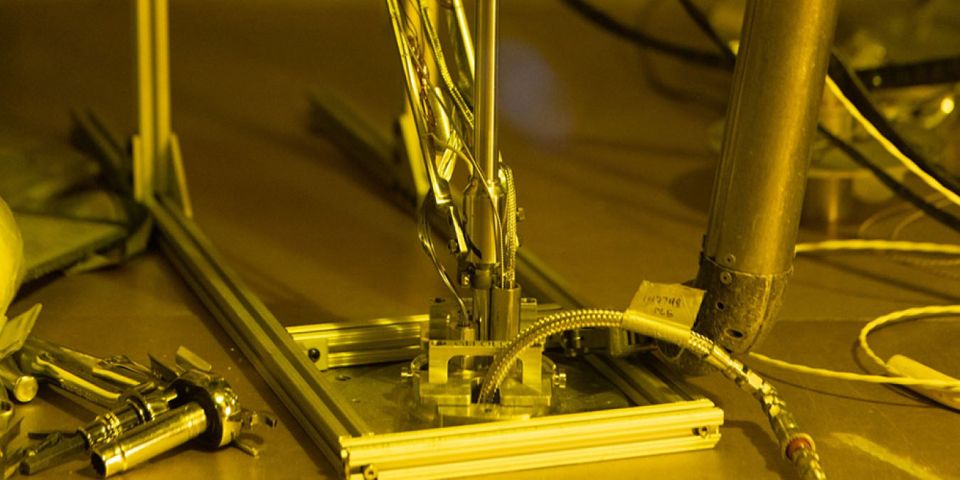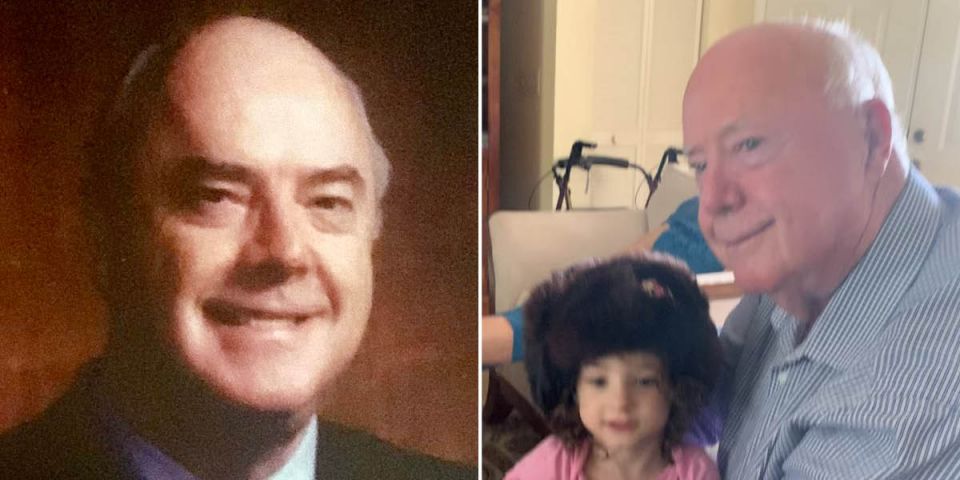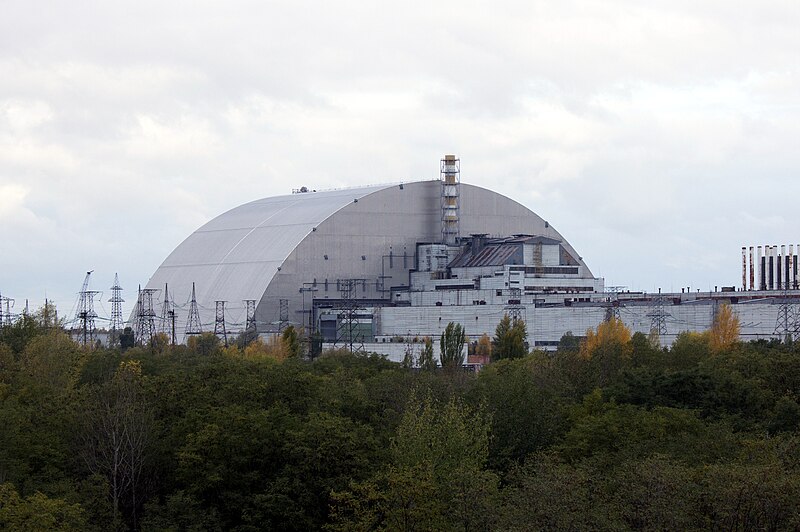The sampling was part of the additional measures established after China and Japan agreed to extend the sampling and testing of diluted tritium wastewater that is being released into the sea. Tokyo Electric Power Company began releasing the water, which is treated by the Advanced Liquid Processing System (ALPS) and stored at the site, in August 2023.
The IAEA agreed with Japan in September to implement additional measures to facilitate the broader participation from other stakeholder countries in the monitoring of ALPS-treated water, which TEPCO is releasing in batches.
The recovered ALPS-treated water, which has been stored at the site in a vast array of holding tanks, is diluted before being released into the sea. Analysis by IAEA experts stationed at the Fukushima site has confirmed that the tritium levels in the 10 batches of ALPS-treated water already released by TEPCO have been far below operational limits—less than 1/40th of Japan’s regulatory standards and less than 1/7th of the World Health Organization’s drinking water quality guidelines.
Increased transparency: According to Grossi, the additional testing measures increase transparency and help build trust in the region. “Through these efforts, third parties can independently verify that water discharge levels are, and will continue to be, in strict compliance and consistent with international safety standards,” he said.
The samples will be analyzed by the IAEA laboratories in Monaco; by laboratories in Japan; and in the participating laboratories from China, South Korea, and Switzerland, each of which is a member of the IAEA’s Analytical Laboratories for the Measurement of Environmental Radioactivity network.
“This work is conducted within agreed parameters set by the IAEA in its role as an independent, impartial and technical organization,” Grossi said.
2025 discharge plan: In January, TEPCO announced it was planning on conducting seven discharges of ALPS-treated water during the year, with each discharge releasing approximately 7,800 cubic meters for an annual discharge of approximately 54,600 m3. The annual tritium discharge volume will be approximately 15 trillion becquerels, according to the company.
As of February 13, TEPCO said that nearly 1.3 million m3 of ALPS-treated water is being stored in 1,034 tanks at the Fukushima site. More than 78,000 m3 of treated water has been discharged over the past two years.
Earlier this month, TEPCO announced it had begun dismantling water tanks in the site’s E area to make space to construct facilities for retrieving fuel debris from Unit 2. The company also began dismantling tanks in the J9 area on February 14, marking the first time a welded tank that stored ALPS-treated water has been dismantled at the site.
